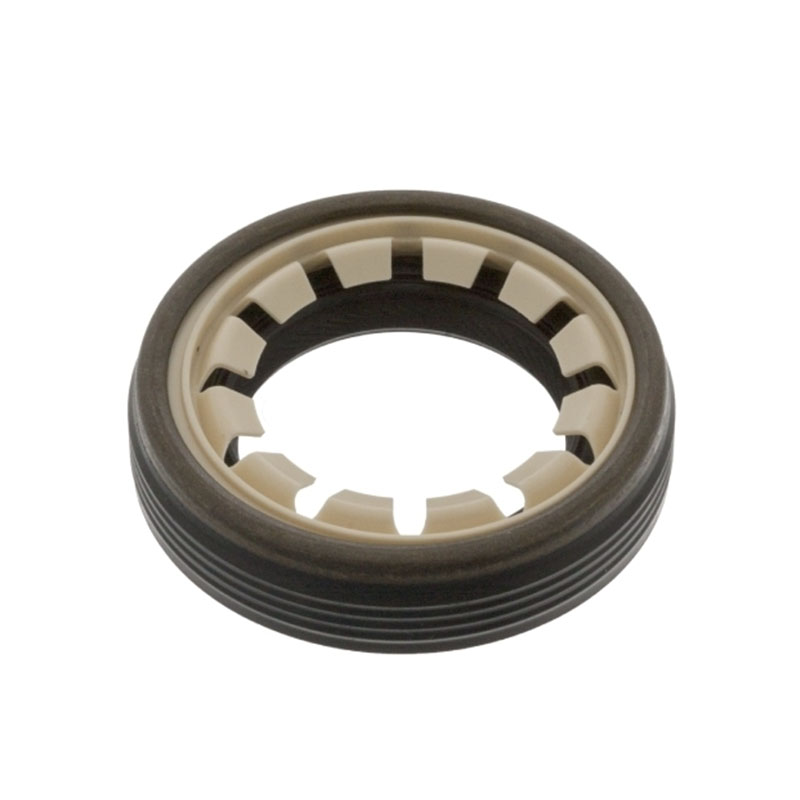main pulley oil seal
Understanding Main Pulley Oil Seal Importance, Function, and Maintenance
In the realm of machinery and automotive engineering, the main pulley oil seal plays a critical yet often overlooked role. This essential component is integral to the performance and longevity of various mechanical systems, particularly in vehicles and industrial machinery. To appreciate the importance of the main pulley oil seal, it’s essential to understand its function, design, and the maintenance practices that ensure its efficiency.
What is a Main Pulley Oil Seal?
A main pulley oil seal is a type of mechanical seal located between rotating and stationary parts of a machine. It primarily serves to prevent the leakage of oil from the engine or transmission system. Typically made from durable materials such as rubber or silicone, the oil seal is designed to withstand high-pressure environments and resist wear over time. The main pulley is often associated with the crankshaft in internal combustion engines, and the oil seal sits at the point where the pulley interfaces with the engine block.
The Function of the Oil Seal
The primary function of the main pulley oil seal is to maintain the integrity of the lubrication system. By preventing oil from leaking out of the engine or transmission, the oil seal ensures that internal components remain lubricated and protected against friction. This lubrication is vital for minimizing wear and tear, maintaining proper engine temperatures, and enhancing overall performance.
Additionally, an effective oil seal helps keep contaminants such as dust, dirt, and moisture from entering the engine. This protection is crucial, as foreign particles can lead to corrosion and significant engine damage over time. Therefore, the oil seal acts as a barrier that promotes the longevity and reliability of the machinery it serves.
Common Issues and Signs of Wear
Despite their importance, main pulley oil seals are not immune to wear and can eventually fail. Several factors can contribute to seal degradation, including extreme temperature fluctuations, exposure to harsh chemicals, and prolonged use. Common signs of a failing oil seal include
main pulley oil seal

1. Oil Leaks One of the most evident signs of a worn oil seal is the presence of oil pooling around the pulley area. If you notice leaking oil, it's essential to act quickly to prevent further damage.
2. Increased Engine Noise A failing oil seal might lead to inadequate lubrication, which can increase friction and noise from the engine.
3. Overheating Without proper lubrication, engine components may overheat, leading to potential engine failure.
4. Contaminated Oil If dirt or debris enters through a compromised oil seal, it could cause the oil to become contaminated, which can harm engine parts.
Maintenance and Replacement
To prolong the life of a main pulley oil seal, regular maintenance is imperative. Routine checks of the engine's oil levels and condition can help identify issues before they escalate. If there are any signs of oil leakage or contamination, it's crucial to have the oil seal inspected by a professional.
When it comes to replacement, it’s essential to use high-quality seals that meet or exceed original equipment manufacturer (OEM) specifications. Proper installation is equally important, as incorrect placement can lead to premature failure. It is often advisable to replace the oil seal during larger engine overhauls or when other adjacent components are being serviced.
Conclusion
In conclusion, the main pulley oil seal is a small but mighty component in the machinery and automotive sectors. Its role in preventing oil leaks and protecting internal components from contamination is vital for ensuring smooth operations and extending the lifespan of engines and equipment. By understanding its function, recognizing the signs of wear, and adhering to proper maintenance practices, users can safeguard their machinery against costly repairs and enhance performance for years to come. As with all mechanical components, investing attention in the main pulley oil seal can yield significant dividends in terms of efficiency and reliability.
-
Understanding the Front Main Engine Seal: Purpose, Maintenance, and Installation
News Jul.29,2025
-
Understanding O-Rings and Seal Rings: Types, Applications, and Custom Solutions
News Jul.29,2025
-
Understanding Crankshaft Oil Seals: Rear Seals, Pulley Seals, and Their Role in Engine Integrity
News Jul.29,2025
-
The Importance of Front and Rear Crankshaft Seals in Engine Performance and Oil Management
News Jul.29,2025
-
Crank Oil Seals: Functions, Types, and Cost Considerations in Engine Maintenance
News Jul.29,2025
-
A Comprehensive Guide to O-Rings and Seals: Types, Materials, and Global Applications
News Jul.29,2025
-
Mastering Diesel and Performance Engine Maintenance: A Guide to Critical Oil Gaskets
News Jul.28,2025
Products categories















